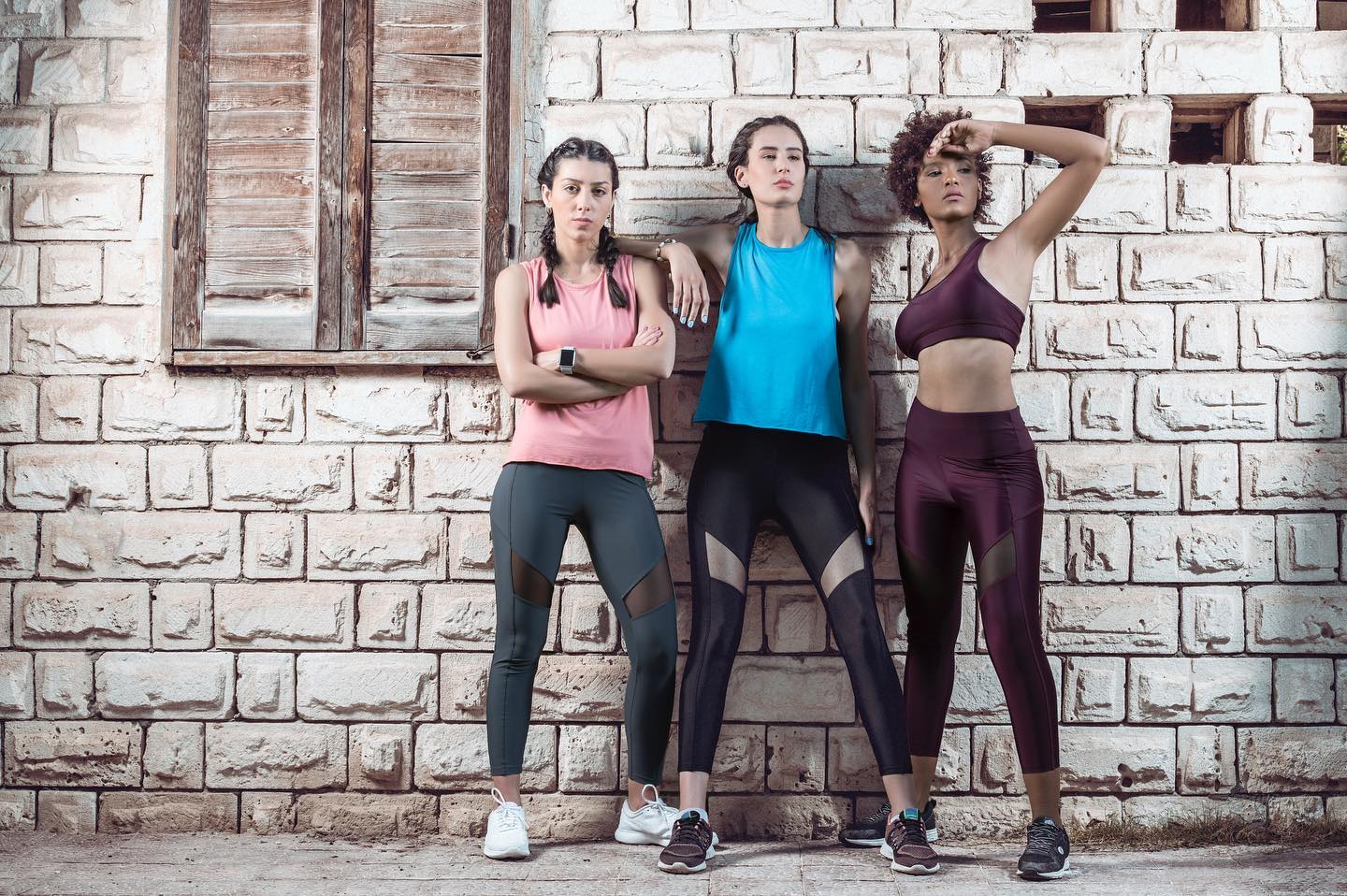Sportswear has evolved beyond mere clothing designed for physical activity; it has become a crucial factor in unlocking and enhancing athletic potential. This article delves into the profound impact that sportswear has on athletic performance, exploring innovations in design, materials, and technology that contribute to athletes reaching new heights in their endeavors.
- Functional Design: Sportswear is no longer just about aesthetics; it is about functionality and purposeful design. Advanced ergonomic designs take into account the biomechanics of different sports, providing athletes with optimal movement and flexibility. Compression technology, for example, supports muscles, reduces fatigue, and enhances circulation, ultimately contributing to improved performance.
- Innovative Materials: The choice of materials in sportswear has a direct impact on performance. High-performance fabrics are engineered to wick away moisture, regulate temperature, and provide breathability. Nanotechnology and smart fabrics have introduced water-resistant, lightweight, and temperature-regulating materials, enhancing comfort and performance in various weather conditions.
- Enhanced Durability: Athletes demand durability from their sportswear, especially in high-contact sports. Innovations in fabric durability and tear resistance ensure that sportswear withstands the rigors of intense training and competition, allowing athletes to focus on their performance without worrying about clothing constraints.
- Technological Integration: The integration of technology in sportswear has revolutionized athletic performance monitoring. Smart textiles with embedded sensors can track biometric data, such as heart rate, body temperature, and muscle activity. This real-time feedback empowers athletes and coaches to make data-driven decisions, optimizing training regimens and strategies.
- Psychological Impact: Sportswear plays a significant role in the psychological aspect of athletic performance. The right attire can boost an athlete’s confidence, instill a sense of professionalism, and create a positive mindset. Customization and personalization options allow athletes to express their individuality, fostering a sense of identity and pride.
- Recovery and Injury Prevention: Post-performance, sportswear also contributes to recovery. Compression garments aid in muscle recovery by reducing swelling and inflammation. Additionally, injury prevention is addressed through specialized gear designed to provide support to vulnerable areas, reducing the risk of strains and injuries.
- Environmental Considerations: The impact of sportswear on athletic performance is not limited to the individual athlete; it extends to the environment. Sustainable materials and eco-friendly manufacturing processes are becoming increasingly prevalent, aligning with the growing awareness of environmental responsibility in the sporting industry.
Conclusion: Sportswear has evolved into a critical component of athletic success, transcending its traditional role. The fusion of functional design, innovative materials, technological integration, and psychological considerations has resulted in sportswear that not only enhances performance but also contributes to overall athlete well-being. As advancements continue, the future holds even greater potential for sportswear to redefine the boundaries of what athletes can achieve on the field, track, or court.




